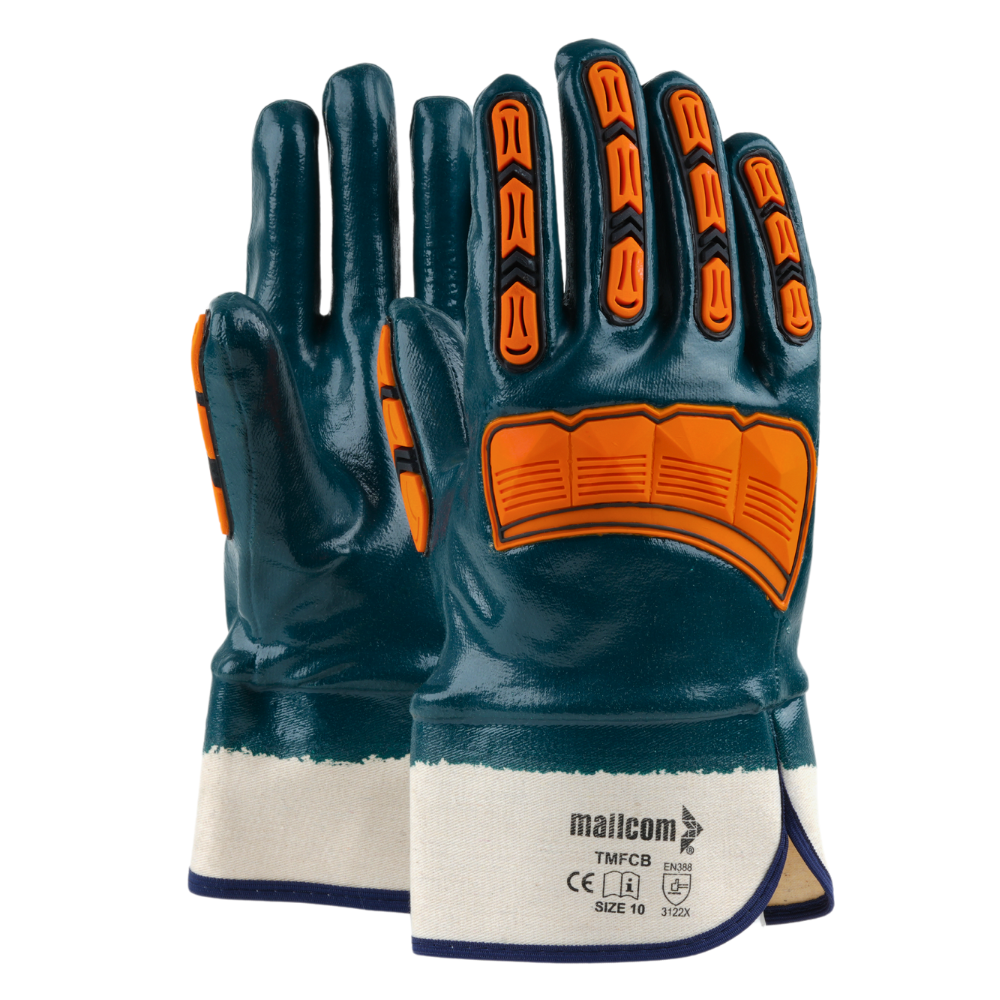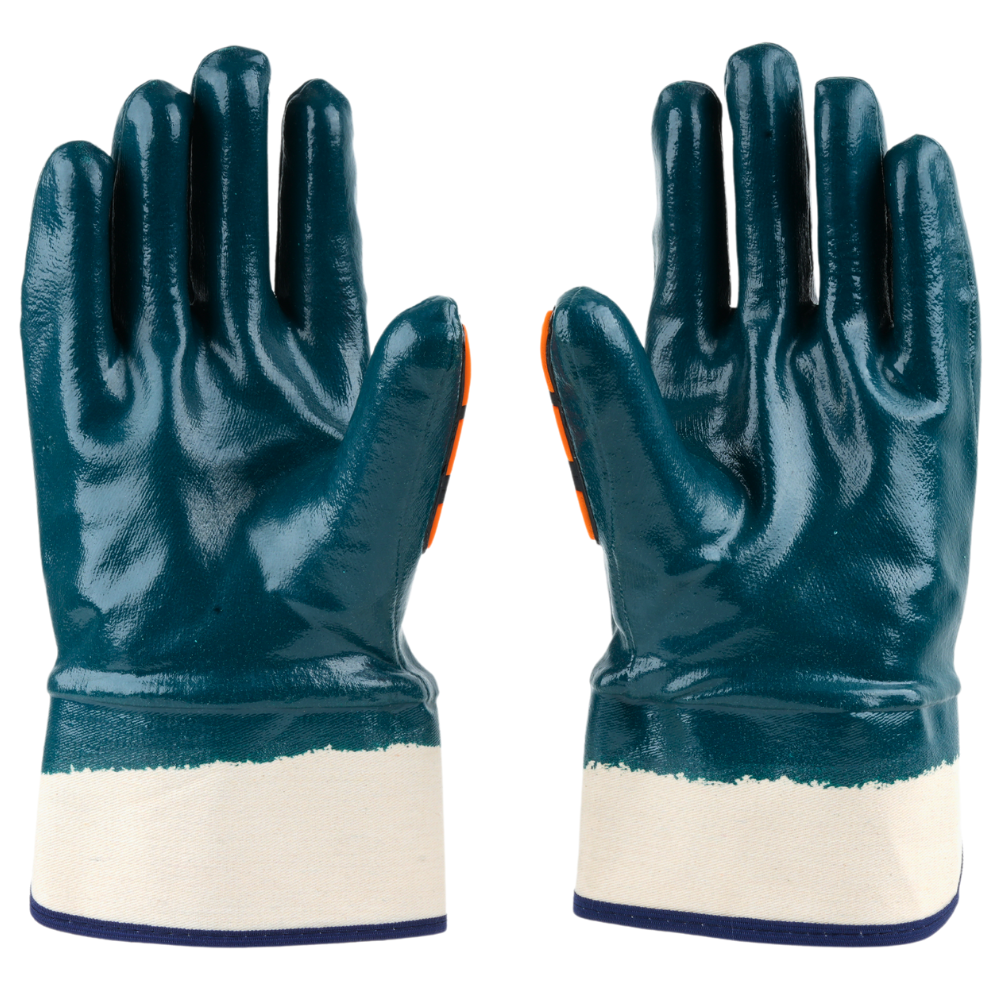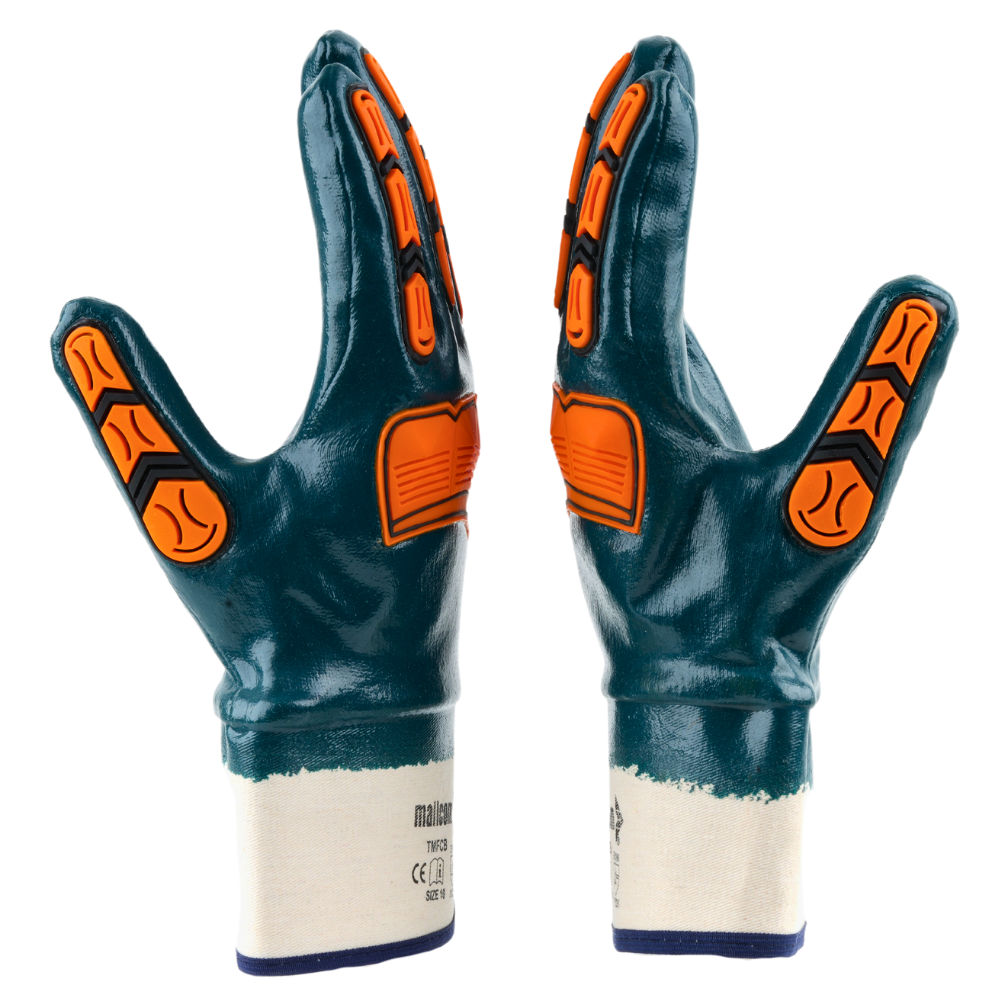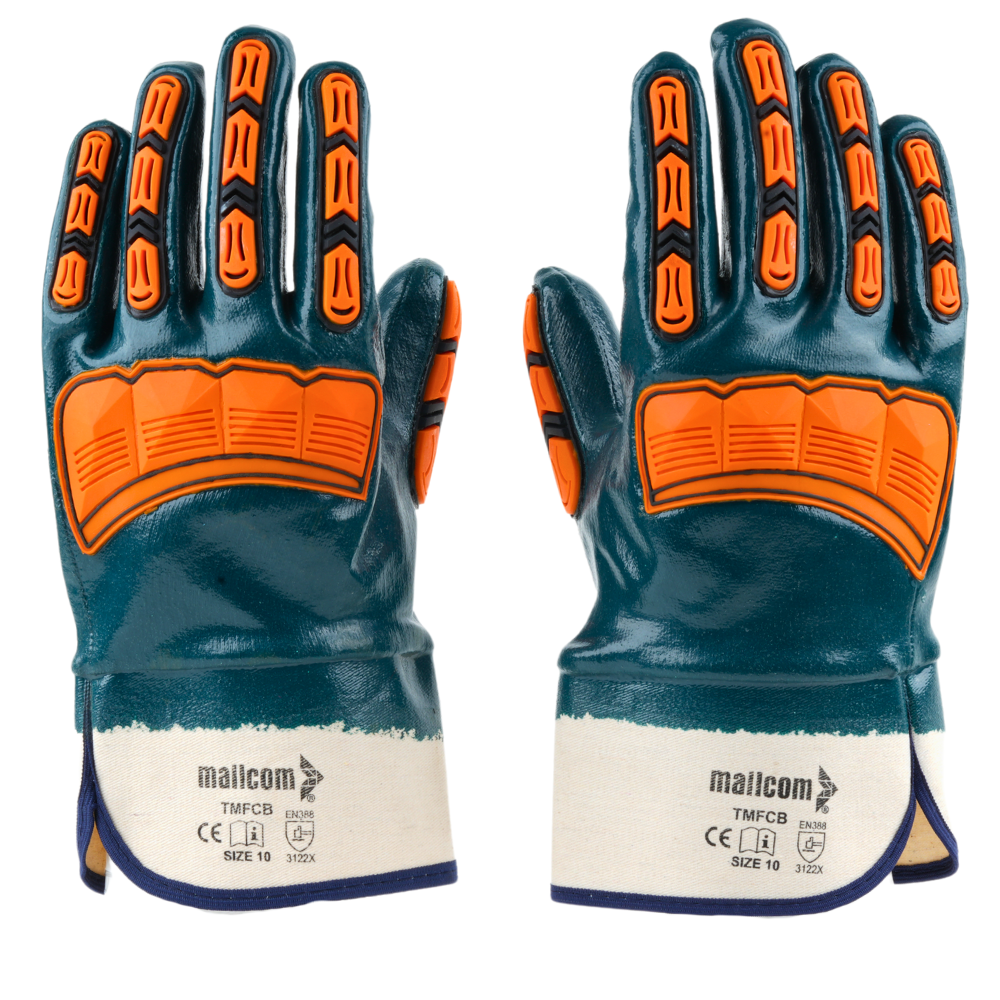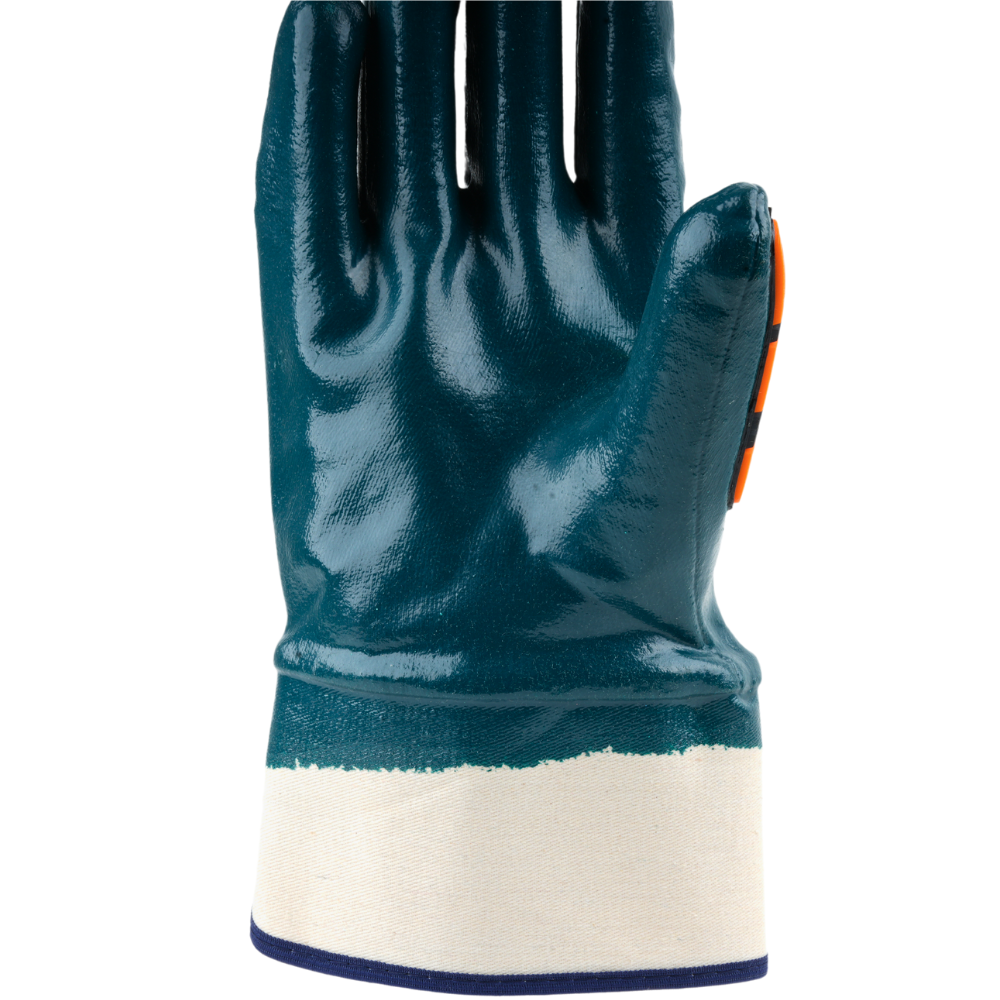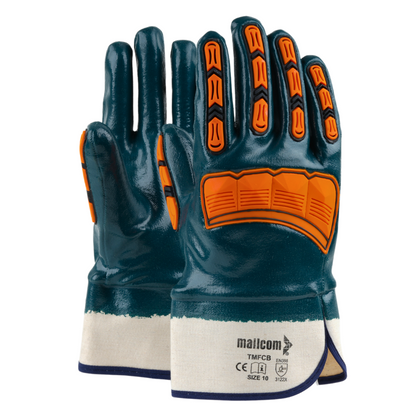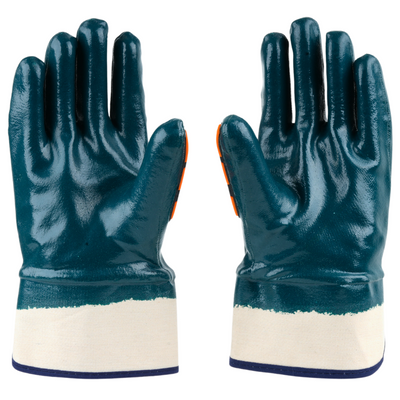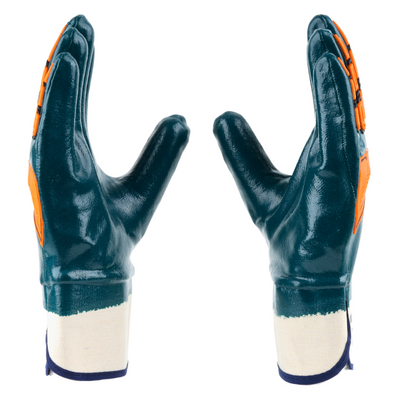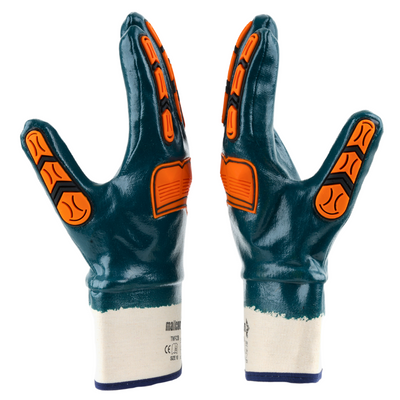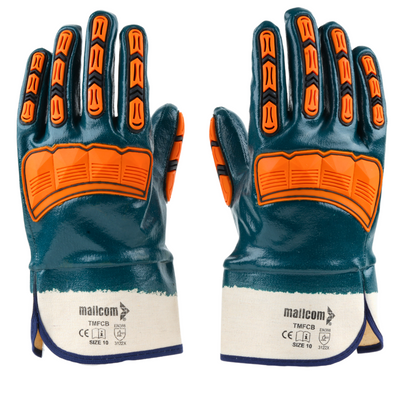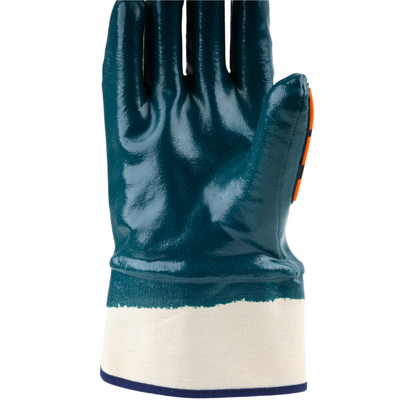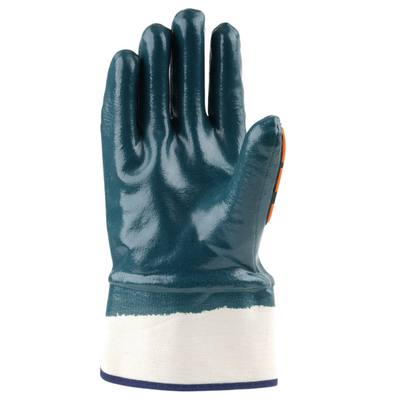TMFCB
Share
Impact Resistant Nitrile Gloves
- Impact and cut resistant NBR coated glove.
- Cotton interlock cut & sewn liner.
- Flexible m-Karpals Protect® patch back.
- Blue full medium coated with safety cuff.
Abrasion
Tear Resistant
Cut Resistant
Impact Resistant
Oil Resistant
EN 388:2016+A1:2018
Delivery & Services

Easy Return
with our 15 days return poicy
Regular price
Rs. 0
Sale price
Rs. 0
Regular price
Tax included.
Shipping calculated at checkout.


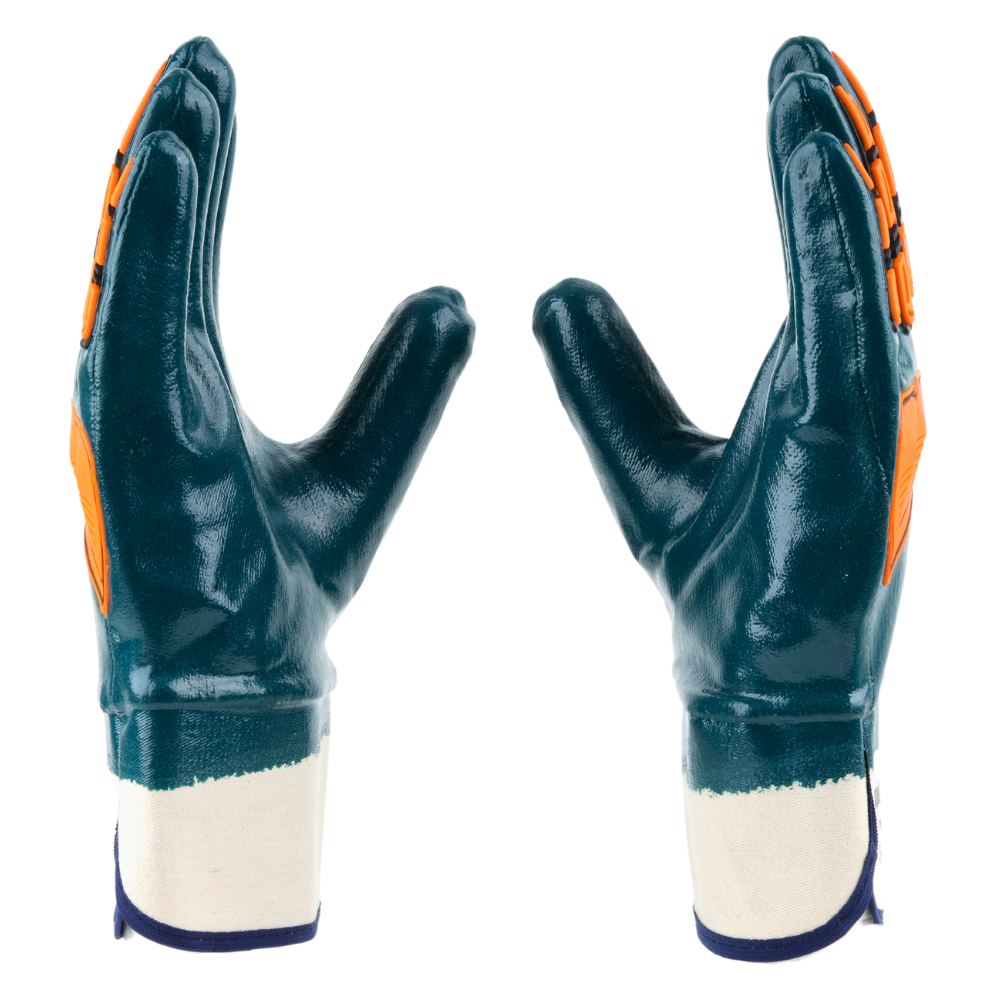

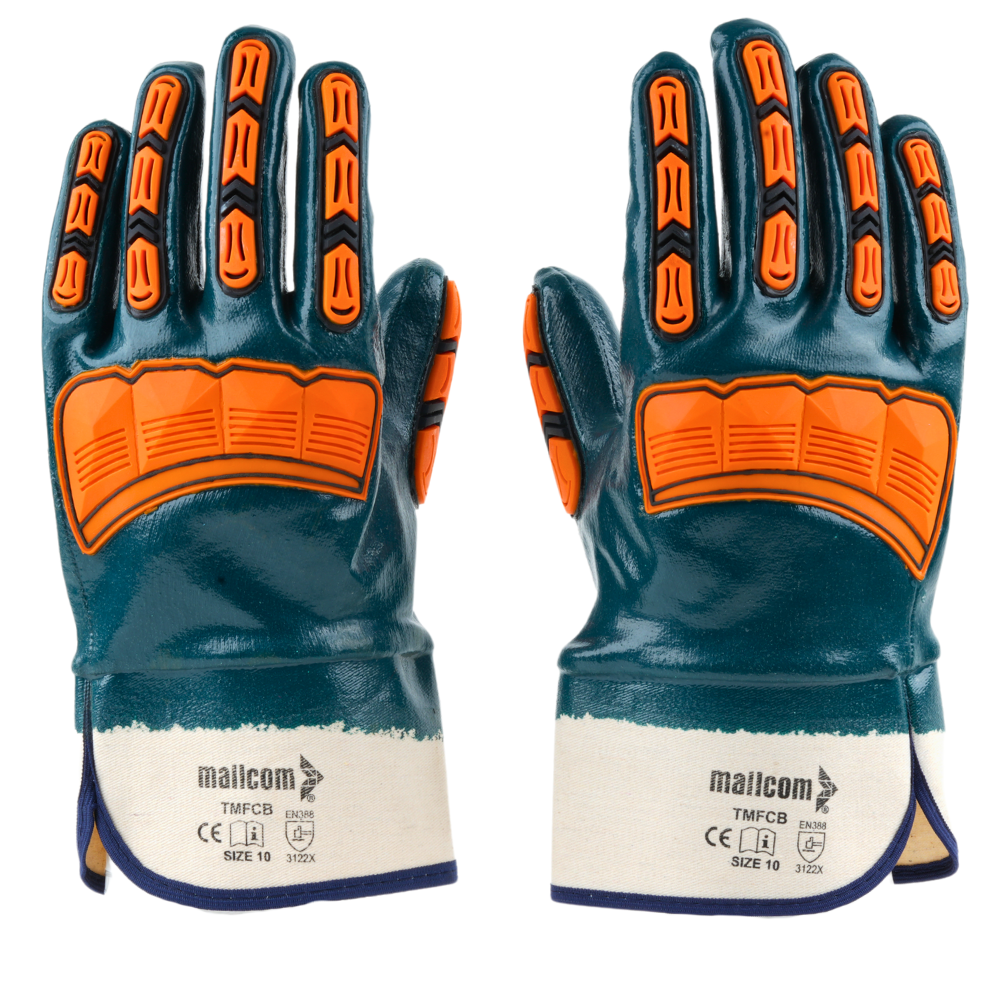
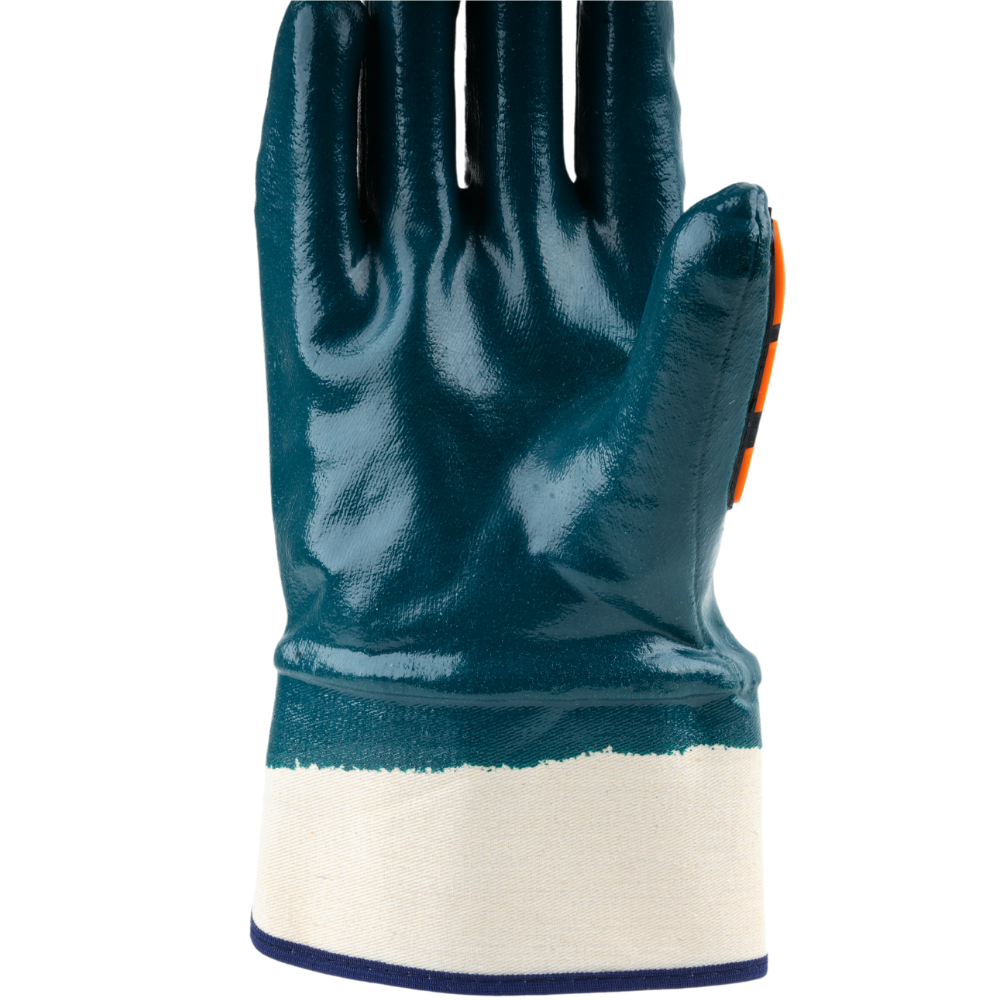
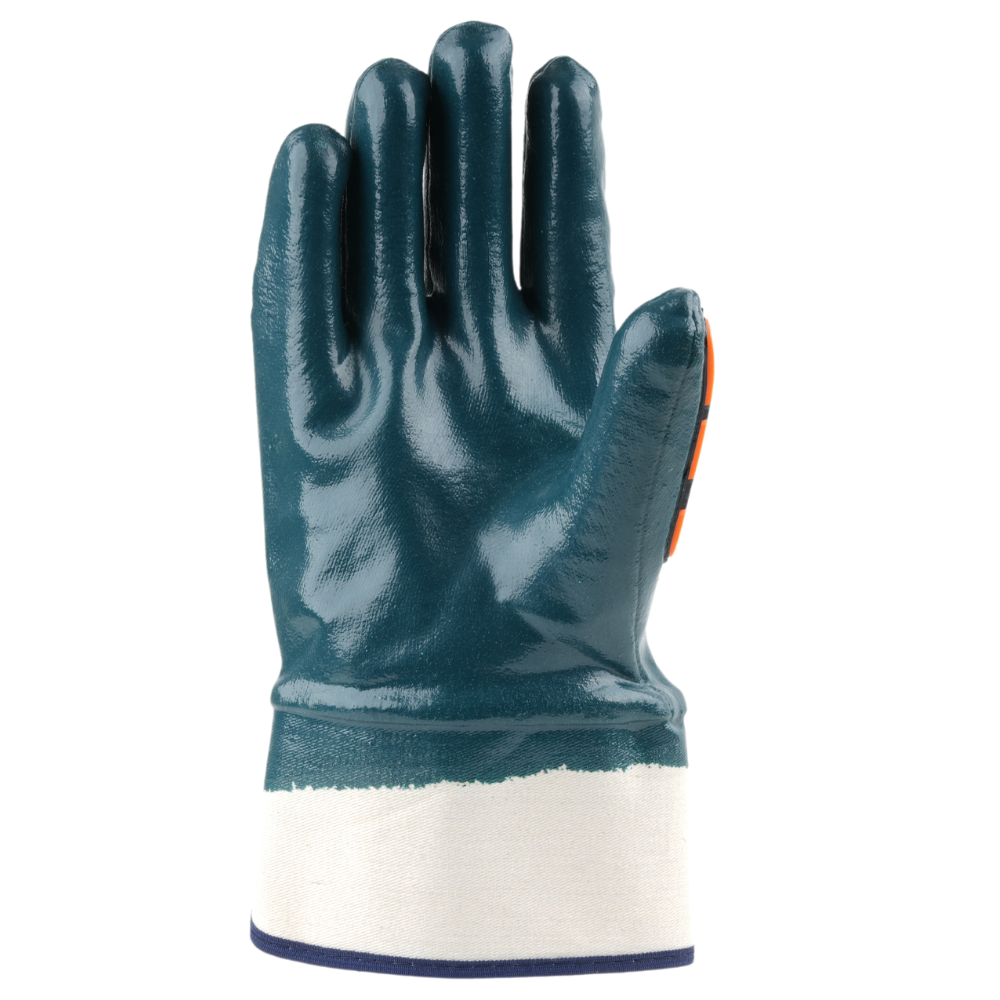
ABOUT THE DESIGN

USEFUL IN THESE INDUSTRIES
AUTOMOBILE
GLASS & CERAMIC
LOGISTICS
HEAVY ENGINEERING
MANUFACTURING

2. CUT RESISTANCE, COUP TEST- 1 The cut protection is tested. A knife is passed over the glove material until it cuts through. The protection level is given by a number between 1 and 5, where 5 indicates the highest cut protection.
3. TEARING STRENGTH – 2 The force required to tear the glove material apart is measured. The protection level is indicated by a number between 1 and 4, where 4 indicates the strongest material.
4. PUNCTURE RESISTANCE – 1 Based on the amount of force required to puncture the material with a tip. The protection function is indicated by a number between 1 and 4, where 4 indicates the strongest material.
5. CUT RESISTANCE, TDM TEST ISO 13997 – X If the knife gets dull during the coup test, this test shall be performed instead. The result is given by a letter, A to F, where F indicates the highest level of protection. If any of these letters is given, this method determines the protection level instead of the coup test.
ISO 13997:1999 – Determination of resistance to cutting by sharp objects An alternative cut test recommended for cut protection gloves. Shall be used in EN388:2016 for cut protection gloves where the cut material dulls the cutting knife during testing. A knife cuts with constant speed but increasing force until breakthrough of the cut protection material. Level of protection is given in Newton, the force needed for cut through at 20mm cut length.
6. IMPACT PROTECTION – P If the glove has an impact protection, this information is given by the letter P as the 6th and last sign. If no P sign, no impact protection is claimed.
Product Features
ABOUT THE DESIGN
USEFUL IN THESE INDUSTRIES
AUTOMOBILE
GLASS & CERAMIC
LOGISTICS
HEAVY ENGINEERING
MANUFACTURING
Product Details
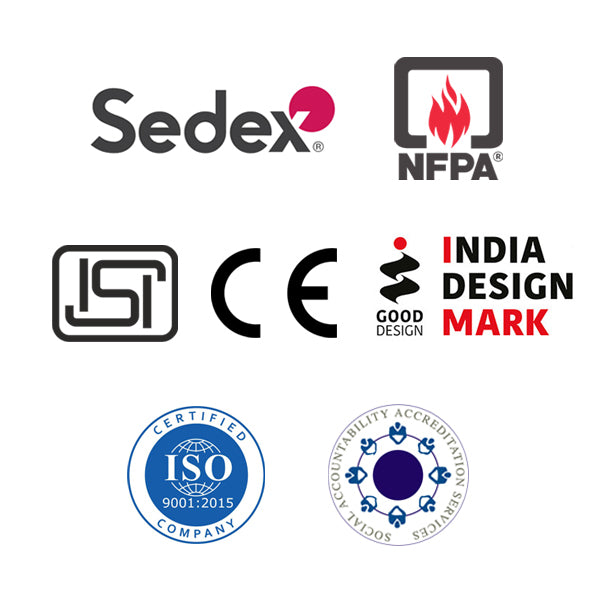
Tests
2. CUT RESISTANCE, COUP TEST- 1 The cut protection is tested. A knife is passed over the glove material until it cuts through. The protection level is given by a number between 1 and 5, where 5 indicates the highest cut protection.
3. TEARING STRENGTH – 2 The force required to tear the glove material apart is measured. The protection level is indicated by a number between 1 and 4, where 4 indicates the strongest material.
4. PUNCTURE RESISTANCE – 1 Based on the amount of force required to puncture the material with a tip. The protection function is indicated by a number between 1 and 4, where 4 indicates the strongest material.
5. CUT RESISTANCE, TDM TEST ISO 13997 – X If the knife gets dull during the coup test, this test shall be performed instead. The result is given by a letter, A to F, where F indicates the highest level of protection. If any of these letters is given, this method determines the protection level instead of the coup test.
ISO 13997:1999 – Determination of resistance to cutting by sharp objects An alternative cut test recommended for cut protection gloves. Shall be used in EN388:2016 for cut protection gloves where the cut material dulls the cutting knife during testing. A knife cuts with constant speed but increasing force until breakthrough of the cut protection material. Level of protection is given in Newton, the force needed for cut through at 20mm cut length.
6. IMPACT PROTECTION – P If the glove has an impact protection, this information is given by the letter P as the 6th and last sign. If no P sign, no impact protection is claimed.


